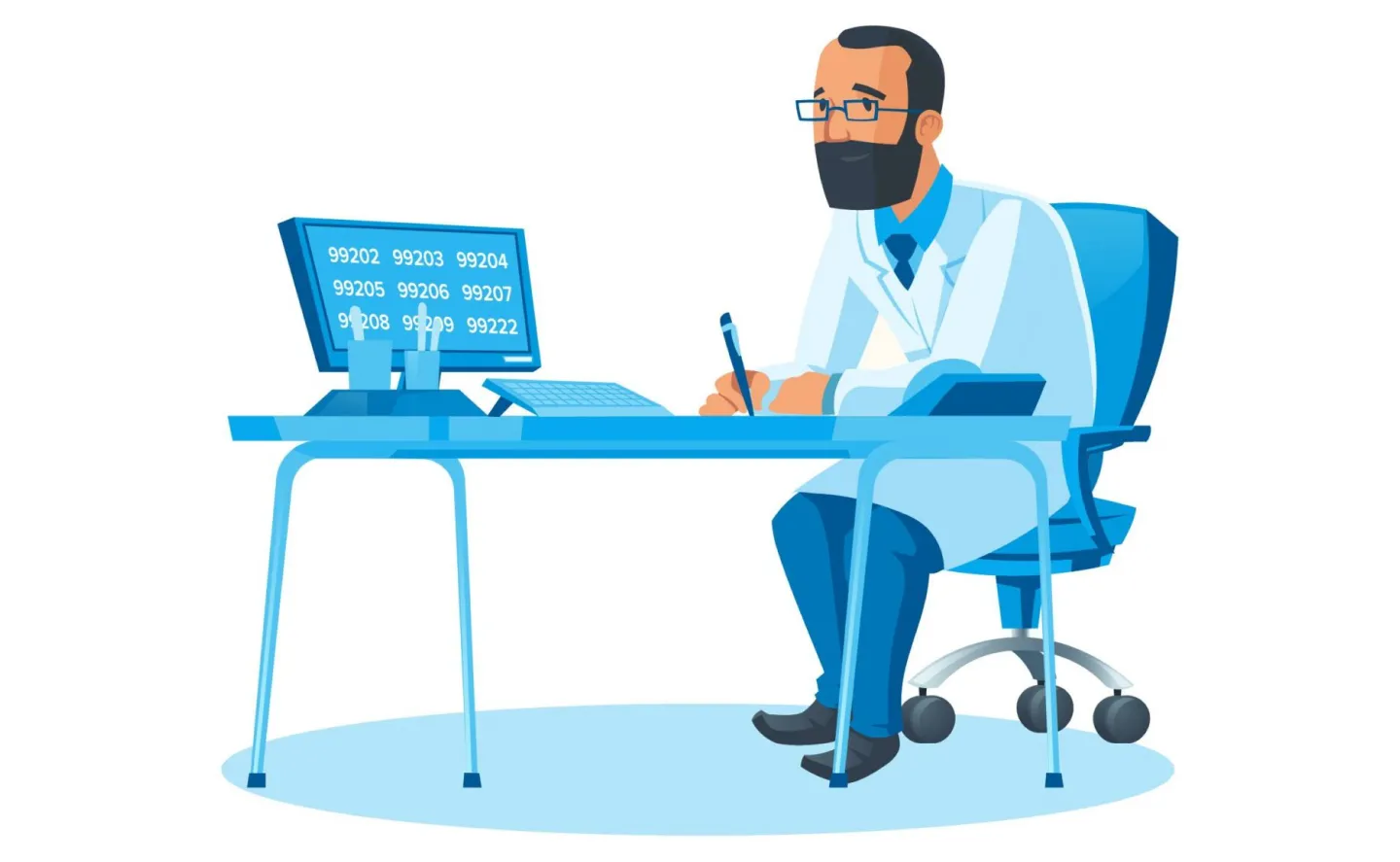Important Information Regarding E&M Coding Changes
The Centers for Medicare & Medicaid Services (CMS) recently updated the 2024 Evaluation and Management (E&M) coding changes, which healthcare providers must be aware of to correct the documentation and billing. The changes are intended to simplify coding procedures, reduce administrative burdens, and accelerate efficiency. Outpatient visit documentation has been revised, time-based coding has been improved, and codes 99202 through 99215 have been refined. These updates mean healthcare providers need to keep up with standard CMS practice and optimize their revenue cycle management and patient care processes to show for the coming year.
WHAT IS CHANGING?
One of the most significant changes is the elimination of code 99201, which has been seldom used in the healthcare industry. However, while codes 99202 through 99215 have been revised, the complexity of coding levels remains unchanged.
CMS has also proposed changes to outpatient visits, introducing two distinct categories: one for existing patients and another for new patients.
- Current patients: Updates should be recorded by the provider only from the patient’s most recent outpatient visit, eliminating the need to re-document medical histories already covered by other practitioners.
- New patient: If the ancillary staff has already documented complaints or medical history for an outpatient visit, billing providers do not need to re-document these; however, the billing provider may review and update the information as required.
Moreover, Medicare requires that providers who bill based on time follow the new coding rules and spend more than 50% of their time on counselling and coordination.
CURRENT PROCEDURAL TERMINOLOGY (CPT) AND MDM
The AMA has proposed new CPT code descriptors for office and outpatient services, applicable to new and established patients. These codes can be used based on the time spent during the encounter or the level of medical decision-making involved.
Simplified Outpatient Visit Documentation
CMS has simplified docketing for outpatient visits, specifying different rules for new and existing patients. Updates only require the provider to document based upon the latest visit and do not have to re-document previous medical histories for existing patients. For new patients, ancillary staff can record medical history and complaints, which billing providers can check and correct at their discretion. It decreases redundant documentation while increasing productivity.
CPT Code Updates for 2024
New CPT code descriptors have been added by the American Medical Association (AMA) for office and outpatient services for new and established patients. These codes are then interchangeable depending on the time spent in the encounter on the day or the level of medical decision-making necessary.
Time-Based Billing Requirements
New rules apply to healthcare providers who bill based on time. If time-based billing requires a provider to spend over 50% of the time on activities like counseling, coordinating care, or giving direct patient care, then that is considered time-based billing. That helps providers bill accurately for time spent providing patient care for more complex cases.
Compliance using Technology
As healthcare providers stay compliant with these new changes, advanced tools like Care Cloud’s billing rules engine automatically flag claims for errors before they are submitted. This Technology facilitates accurate claims processing and avoids administrative errors, which are crucial in the new coding environment.
Conclusion
E&M coding requires healthcare providers to prepare and understand how the model is revised, simplify outpatient visit documentation, and use the new CPT code descriptors. If you are familiar with these updates, it will be a smoother billing process, and this facility will meet CMS standards. Specifically, by tapping into existing revenue cycle management tools like automated billing, providers can keep revenue cycle management running efficiently and accurately.




